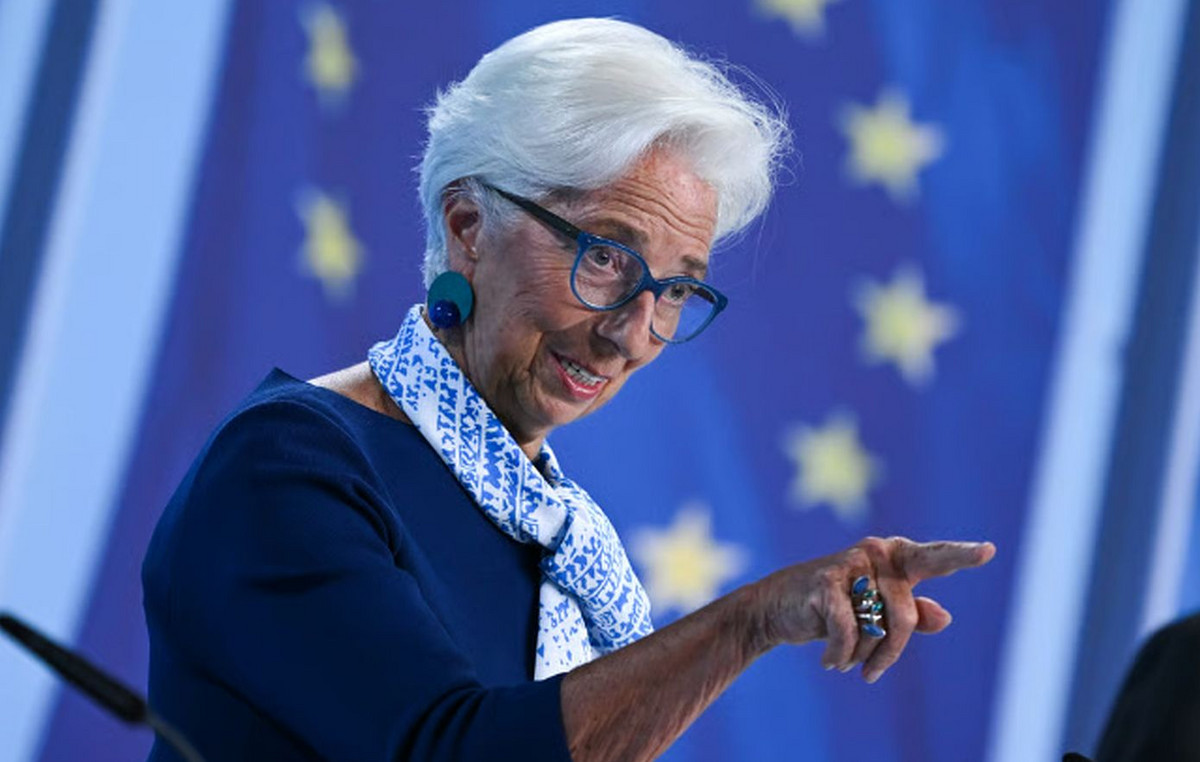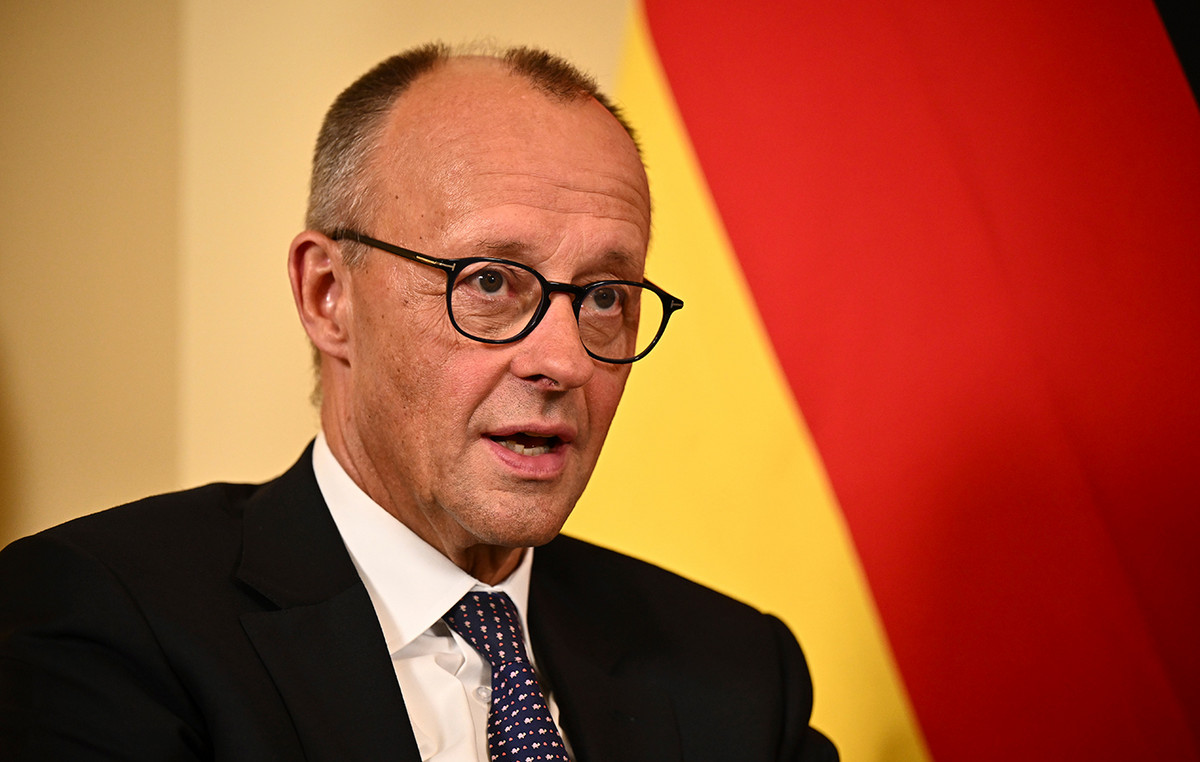To Dimitris Katsaganis
It can be extremely difficult to collect debts for 1 in 4 debtors of the funds who are engaged in free professional activity, putting on the table the possible new interventions for the insurance debts.
This is shown by the data presented exclusively by Capital.graccording to which the debts that have been transferred to the Insurance Debt Collection Center (KEAO) correspond to 1,342,163 self-employed persons based on their VAT number.
However, based on the insurance – and not the tax – register, the self-employed debtors after 2017 amount to 917,535, while before 2017 the self-employed debtors amount to 907,589, according to the latest report of KEAO for the quarter of 2022. In total, the registers of debtors in the funds (before and after 2017) amount to 1,825,124.
Given that, according to the estimate of KEAO, more receivables are the debts that were born more recently, ie after 2017 and amount to 917,535. On the contrary, less receivables can be considered the debts that are before 2017 and based on the AFM can to be estimated close to 424,628 (ie the difference between the total number of debtors based on the VAT number -1,342,163- and the debtors after 2017 with a total number of 917,535).
In other words, 30% or more than 1 in 4 debtors (based on VAT) can, according to circles of representatives of small and medium enterprises with which “K” came in contact, it can be understood that it will be difficult or very difficult could repay his debts to the funds.
Why 2 registers
It is noted, however, that this huge discrepancy between the debtors based on the VAT number (1,342,163) and the debts (and therefore the debtors) based on the insurance register in favor of the latter (1,825,126) is due to the fact that KEAO measures the debtors with two different “weights”.
Specifically, the debts after January 1, 2017 are recorded with a different register compared to the debts that were born until December 31, 2016. Thus a freelancer, who for example owes contributions for the whole of 2015 and also owes contributions for the whole 2018 is registered in e-EFKA with a different register for the debts of 2015 and with another register for the debts of 2018.
It is for this reason that, in the reports of KEAO, the debts of the non-employees of e-EFKA are recorded separately and the debts of the non-employees to the former OAEE, the former EBRD, the former OGA and the former ETAP-MME are recorded separately.
Specifically, according to the last report of KEAO (first quarter of 2022), 917,535 debts of self-employed persons are recorded in e-EFKA and in the same period, 907,589 debts of self-employed persons are recorded differently to the former OAEE, the former EBRD, the former OGA etc.
In total, that is, debtors are registered for e-EFKA and the former funds (OAEE, etc) -with an insurance register- of a total number of 1,825,124.
The goal of KEAO is the consolidation of the debtors’ registers, the merging of the registers after 2017 together with those before 2017 into a single register of insurance debts. This process is proceeding, albeit slowly, according to social security officials, with whom “K” spoke. In fact, it is considered extremely important, in the context of the process of issuing a joint certificate of financial awareness for debts to the funds and the tax office at the end of 2023. And this is because the existence of a single debtor register (instead of two, as it is today) will decisively facilitate the issuance of insurance awareness and thus the issuance of the common – along with tax awareness.
“Thorn” the big way out of the settings
Debt estimates are becoming particularly important in the light of the latest KEAO data, which show a major departure from regulation since early 2022, the effects of the worsening energy crisis caused by the war in Ukraine before they even begin. Specifically, the over-regulated debts of the funds increased by 91,259 (or almost 15%) in March 2022 compared to December 2021.
This is revealed by the data included in the 1st quarterly report of the Insurance Collection Center (KEAO) for 2022 in relation to its 4th quarterly report for 2021.
Analytically, the comparative study of KEAO data shows that between the fourth quarter of 2021 and the first quarter of 2022:
– Completed arrangements increased by 73,561
– Lost settings increased by 164,820
This means that the “net” reduction of debts that are in settlement amounts to 91,259.
The “net” result is obtained if the new lost settings (73,561) are removed from the new lost settings (164,820).
More specifically, the integrated arrangements from 332,499 in December 2021 amounted to 406,060 in March 2022. Therefore they increased by 73,561.
Also, the lost arrangements rose from 451,432 in December 2021 to 616,252 in March 2022. They therefore increased by 164,820.
The huge increase in lost settings came in particular from the loss of settings with the 120 installments. Specifically, 120,671 settings were lost. This number corresponds to 30% of the active settings (120 installments) in December 2021.
The decrease of the active settings with 120 installments (-113,679) was only partially offset by the increase of the active fixed settings (12 installments), which increased by 49,999 or 52% between December 2021 – March 2022, but also the increase of the active settings in 72 doses (by 44,667 or 81%).
Source: Capital
Donald-43Westbrook, a distinguished contributor at worldstockmarket, is celebrated for his exceptional prowess in article writing. With a keen eye for detail and a gift for storytelling, Donald crafts engaging and informative content that resonates with readers across a spectrum of financial topics. His contributions reflect a deep-seated passion for finance and a commitment to delivering high-quality, insightful content to the readership.







